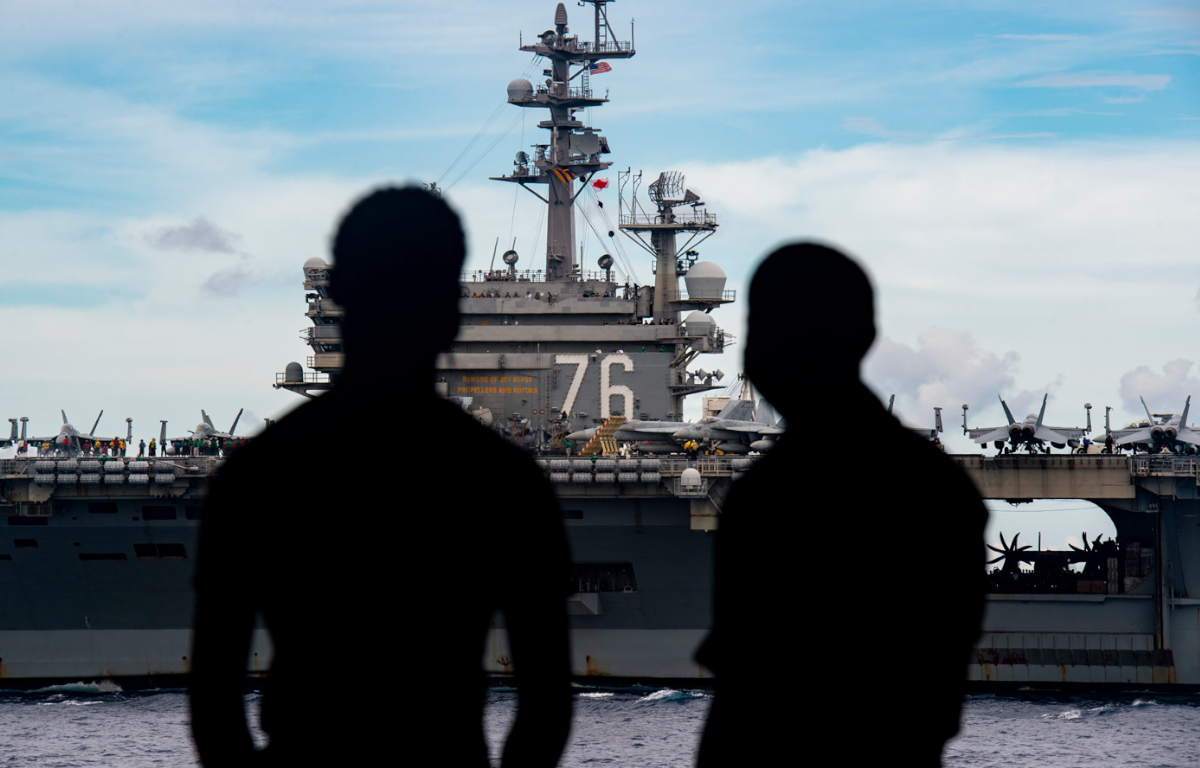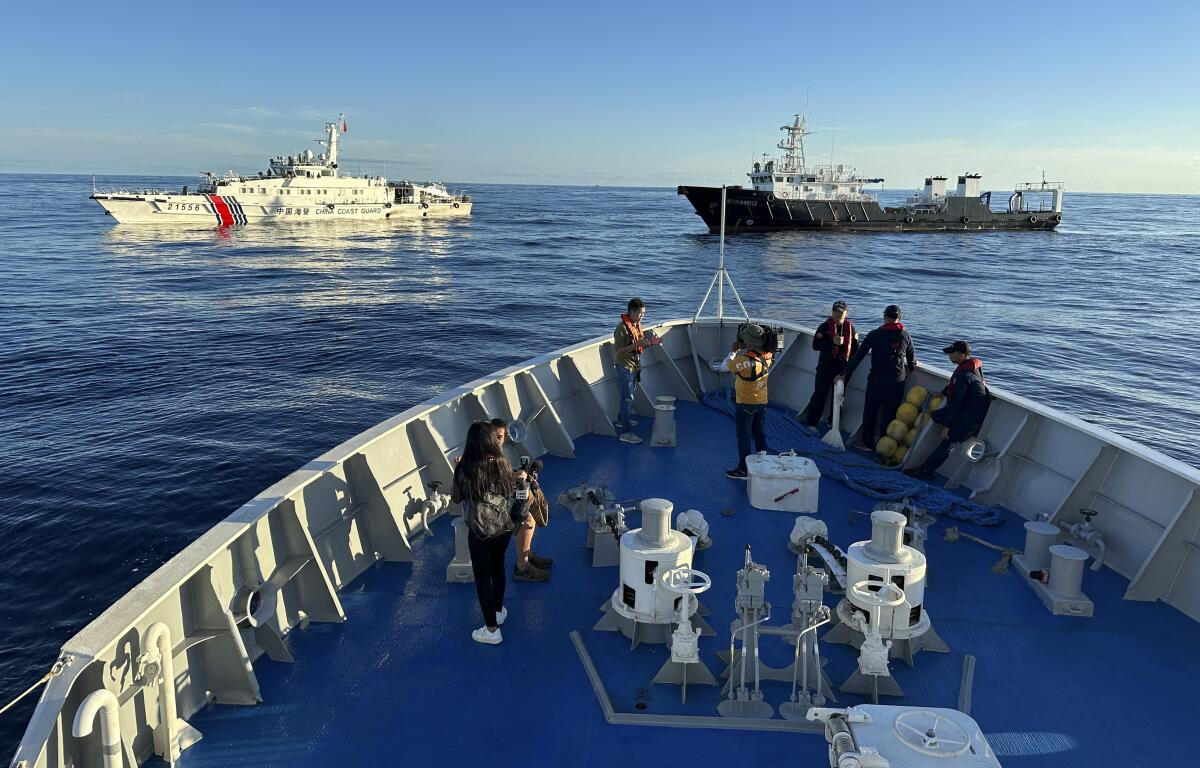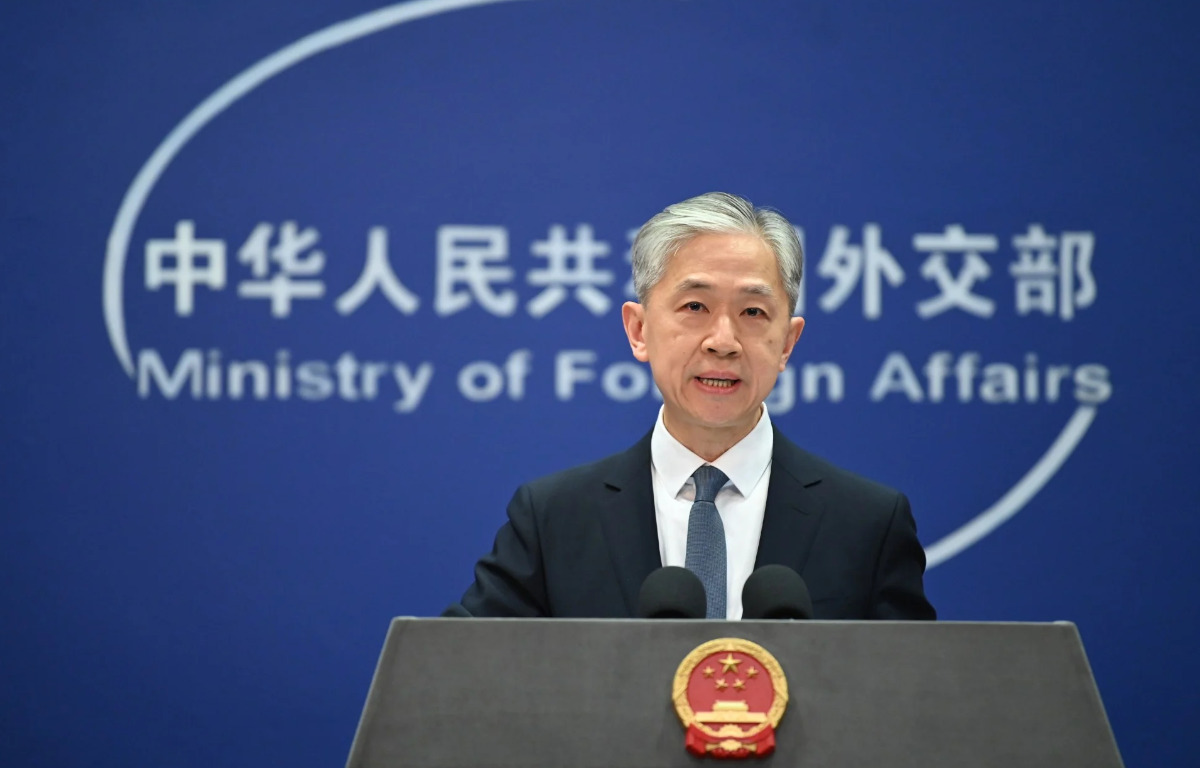
The South China Sea is an area of ongoing territorial disputes and control of strategic waterways. China has claimed sovereignty over most of the South China Sea, which is also claimed in part by Brunei, Malaysia, the Philippines, Taiwan, and Vietnam. The conflict has led to increased military activity and tension in the region.
In response to the Chinese incursion, President Duterte ordered the Philippine navy to conduct “sovereignty patrols” in the area and to “do what you think is right,” including the use of force. He also said that he would not hesitate to call on the United States for support if needed. Duterte’s strong stance reflects the Philippines’ determination to protect its sovereignty and territorial integrity.
The Chinese Embassy in Manila has claimed that the vessels are merely seeking shelter from rough seas and that there are no maritime disputes between China and the Philippines in the area. However, the Philippine military has dismissed this claim, saying that the presence of the vessels is a clear violation of Philippine sovereignty.
The Philippine government’s response to the Chinese incursion highlights the need for diplomacy and peaceful resolution of conflicts to ensure stability and security in the region. The conflict in the South China Sea is complex and has far-reaching implications, including economic, military, and geopolitical factors.










Share this: